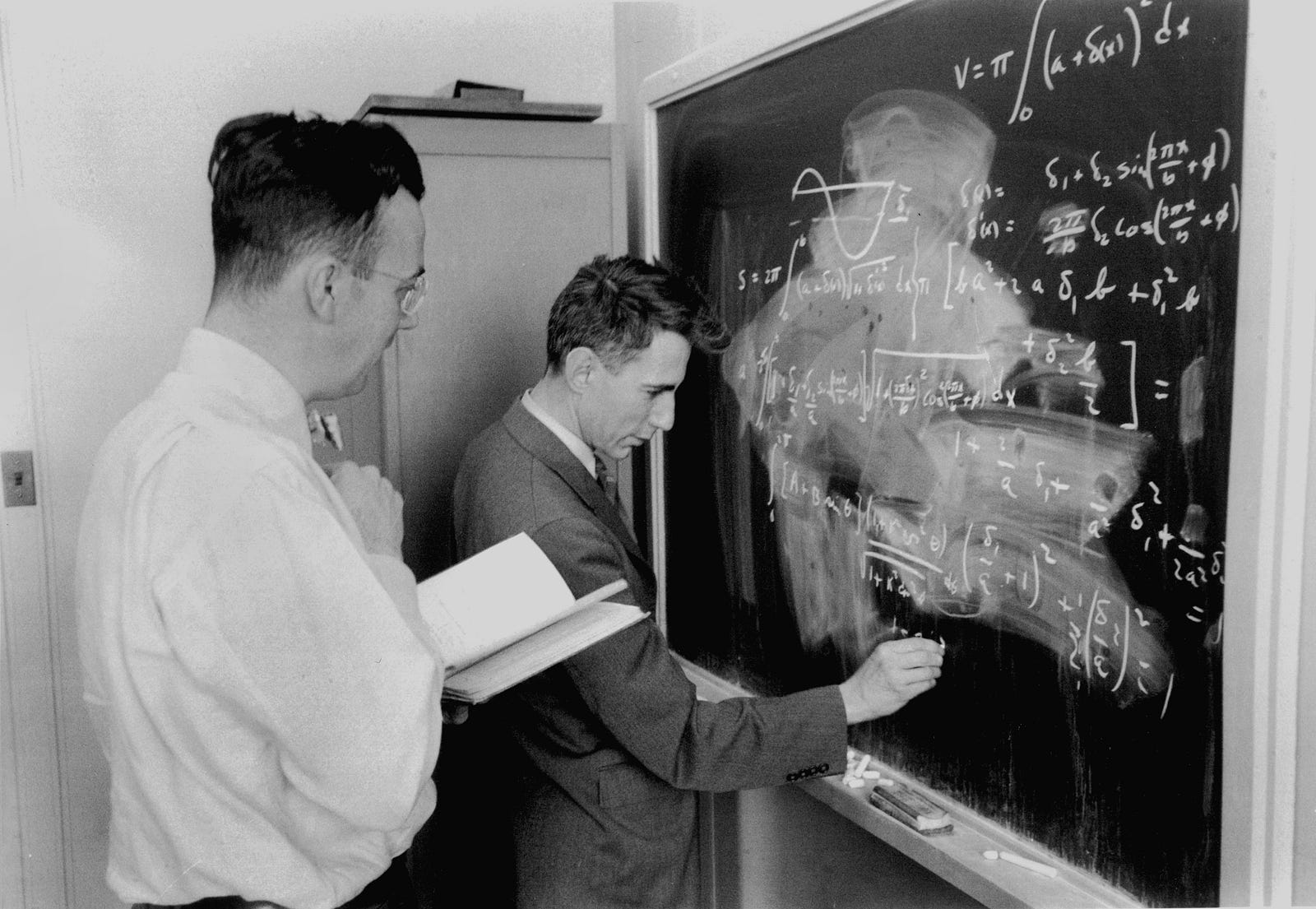Claude Elwood Shannon
father of information theory

Claude Elwood Shannon is an American mathematician, electrical engineer, and cryptographer who is recognized as the father of information theory.
In Petoskey in Michigan on 30 April 1916, Claude Elwood Shannon was born in the city. He earned a bachelor's degree in electrical engineering and mathematics from the University of Michigan . Shannon relocated to the Massachusetts Institute of Technology (MIT) to begin his graduate studies up on graduation. In his master's thesis, Shannon explored the use of binary switches to perform logical operations , which was published in 19 37 when he was only 21 and studying at MIT. It is us ed as a framework for future electronic computers. Shannon wrote his seminal essay, "The Mathematical Principles of Communication ", in 1948, at the age of only 32 . In which he created the unit of b its, demonstrated quantization of information, described numerical coding under the assumption of correctness , and laid the groundwork for modern information theory[3].
Shannon continues to create, ride a unicycle, and play chess , as well as doing academic research . One of his most famous creations is the "Ultimate Machine ", a box that appears completely ordinary , except for a switch on one side. Flipping the switch causes the box's lid to open, and a manipulator to stretch. When the switch is activated again, the manipulator retracts into the interior of the box.

Shannon also learned to play jazz clarinet and to drive a factory. Jimmi Soni and Rob Goodman published a biography of Shannon in 2017. He go es into great detail about how he managed to lead such a wonderful life. Soni and Goodman provide some examples of work- family integration[4].
Reduce distractions
Focus on key point, details second
Don't wait for inspiration
Shannon limits the amount of time he spends looking at his inbox and clears out any messages that he doesn't w ant to answer. He places great importance on privacy and quiet time to think.
Shannon is able to quickly identify the heart of a mathematical question and then account for the specific details. In one of his previous statement s, he stated, "I suppose I like being metaphorical rather than symbolic. Before discussing the formula, I try to sense the problem.
He told engineers at Bell Lab s that a great scientific mind is characterized not by a flash of inspiration but rather by motivation. any kind of curiosity in the way things really work. You 've got to have that basic drive.